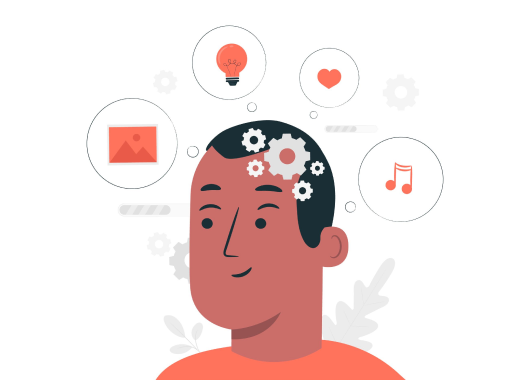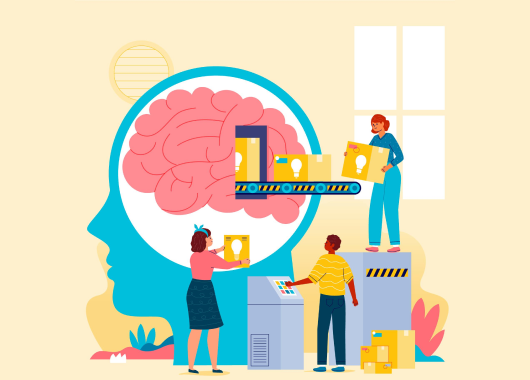Working Memory vs. Long-Term Memory: How the Brain Stores Information

Introduction
Have you ever wondered why you remember some things only for a moment while
others stay with you for years? This is due to two distinct memory systems: working
memory and long-term memory. These systems play different roles in how we
process, store, and recall information. Understanding how they work can help us
improve learning and memory retention.
What Is Working Memory?
Working memory is like a temporary mental notepad. It allows us to hold and
manipulate information for a short time, helping us complete tasks such as solving a
math problem or remembering a phone number just long enough to dial it.
Key Features of Working Memory:
- Short Duration: Lasts for only 10-20 seconds unless you actively rehearse the information.
- Limited Capacity: Can hold around 5-9 items at once, making it easy to forget details if you get distracted.
- Active Processing: Involves actively using and manipulating information, like when calculating change in your head.
What Is Long-Term Memory?
Long-term memory is the brain's extensive storage system. It holds all the knowledge, skills, and experiences we've accumulated over our lives, allowing us to recall information even years later.
Key Features of Long-Term Memory:
- Extended Duration: Can store information for days, years, or even a lifetime.
- Unlimited Capacity: Unlike working memory, it doesn't run out of space.
- Passive Storage: Stores information until you need to recall it.
 Types of Long-Term Memory
Types of Long-Term MemoryLong-term memory has two main categories:
-
Declarative Memory (Explicit): Facts and experiences you can consciously
recall. This includes:
- Episodic Memory: Personal experiences, like your last birthday.
- Semantic Memory: General knowledge, like knowing the capital of France.
- Procedural Memory (Implicit): Skills you perform without thinking, such as riding a bike or typing on a keyboard.
How Working Memory and Long-Term Memory Work Together
Although they're separate systems, working memory and long-term memory work together seamlessly:
- Encoding: When you learn something new, it enters your working memory first. If you focus on it enough, the information moves to long-term memory for later use.
- Retrieving: When you need to recall information, like remembering a fact during a test, it moves from long-term memory back to working memory.
- Problem-Solving: Working memory often uses information stored in long-term memory to solve problems or make decisions.
Why Are Both Memory Systems Important?
- Working Memory: Helps with daily tasks, like following directions or solving quick problems. It's essential for learning and multitasking.
- Long-Term Memory: Stores all the knowledge and skills we build over time, shaping our understanding of the world.
Improving Working Memory and Long-Term Memory
- Practice and Repetition: Regularly practicing new skills helps transfer information from working memory to long-term memory.
- Chunking: Grouping information into chunks (e.g., breaking a phone number into smaller parts) makes it easier to remember.
- Healthy Lifestyle: Regular exercise, balanced nutrition, and adequate sleep boost overall memory function.
Working memory and long-term memory are both crucial for how we learn, think, and navigate life. While working memory handles short-term tasks, long-term memory stores knowledge and experiences that shape who we are. Understanding these systems can help us improve our ability to learn and remember.
